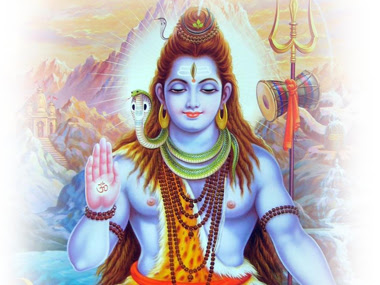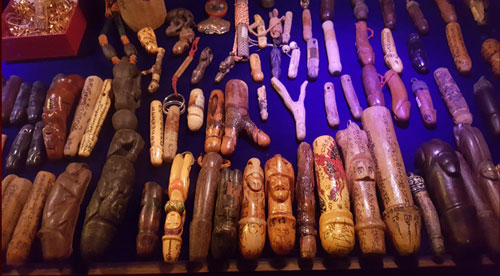
PALAT KHIK IN THAILAND
Palat Khik (Phallic Amulets) are originated in India and related to the Hindu god Shiva, who is usually represented by Shiva linga (Lingam).

They were brought to Thailand about hundreds of years ago by the Hindu Dispersion. The Chinese concept called Yin and Yang is similar, where Shiva is represented abstractly in the form of Linga (male genitalia). Sometimes the linga are accompanied by Yoni (female genitalia). Together, the linga and yoni symbolize unity and the powers of creation and destruction.

The Palat Khik, as a phallic representation of Shiva, is also an animistic symbol of fertility. It is not uncommon in Thailand to see a penis amulet hanging on a convenience store or a restaurant, or even being sold by old women on the street. Although outsiders may regard these as offensive, ordinary Thai people are deeply superstitious and lucky charms and talismans are still regarded as important.

Palat khiks can be made from wood, metal, bone, teeth, claw, coral, horn or ivory, and they are created by monks who specialize in them. Engraving the sacred inscriptions is an important ritual and can take many days to complete. Cast metal palat khiks do not always have these inscriptions, but they may have animal symbols.
Palat khik amulets must be empowered by the repetition of incantations, which Thai people call ‘Kata Bucha’, derived from the Devanagari ‘ghata poojah’. The incantations depend on the creator’s lineage in each school of traditional non-Buddhist animist magic.